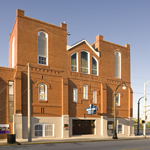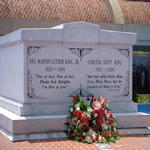What are we really seeing?
posted by Tony Whitfield
What Are "Gay Semiotics"?
http://www.gaysemiotics.net/semiotics/4565701905
Semiotics "involves the study not only of what we refer to as 'signs' in everyday speech, but of anything which 'stands for' something else. In a semiotic sense, signs take the form of words, images, sounds, gestures and objects. Contemporary semioticians study signs not in isolation but as part of semiotic 'sign-systems' (such as a medium or genre). They study how meanings are made and how reality is represented." (Chandler, 2007, p.2)
'Gay semiotics' refers to the processes and signs which make homosexuality manifest and which render it potentially visible to others. Or, in everyday language: the ways we 'read' someone as potentially gay or lesbian. However, gay semiotics is also concerned with the ways in which 'the homosexual' has been used as a 'sign' throughout history: a symbolic figure which might tell us something about cultural values, fears and expectations.
This website will explore the signs and symbols which gay men and lesbians have used in order to signal their homosexuality to others, as well as the historical search for bodily marks and signs which would identify a distinctively gay or lesbian body. It will cover subcultural in-group codes such as those outlined by Fischer (1977) and Baker (2002), cultural stereotypes of the gay man or lesbian, and the medical and scientific concern with distinctive identifying features by which gay 'bodies' could be recognised.
REFERENCES
Baker, P. (2002). Polari: The Lost Language of Gay Men. London: Routledge.
Chandler, D. (2007). Semiotics: The Basics (2nd ed.). London: Routledge.
Fischer, H. (1977). Gay Semiotics ♂: A Photographic Study of Visual Coding among Homosexual Men. San Francisco: NFS Press.
|
|
|
|
STREET FASHIONS
|
|
 | |
STREET FASHION
BASIC GAY
|
STREET FASHION
JOCK
|
|
|
|
Figure 19
|
Figure 20
|
|
|
|
STREET FASHION
FORTIES FUNK
|
STREET FASHION
HIPPIE
|
|
|
|
Figure 21
|
Figure 22
|
|
|
|
STREET FASHION
UNIFORM
|
STREET FASHION
LEATHER
|
|
|
|
Figure 23
|
Figure 24
|
|




